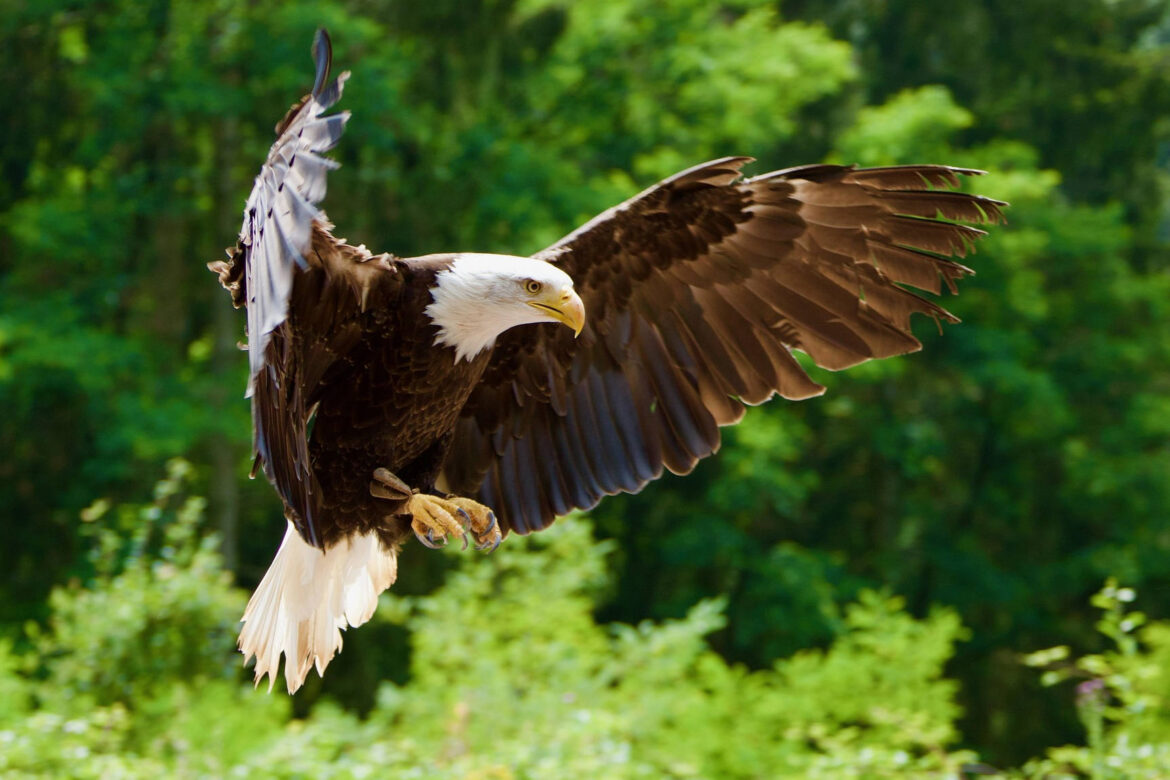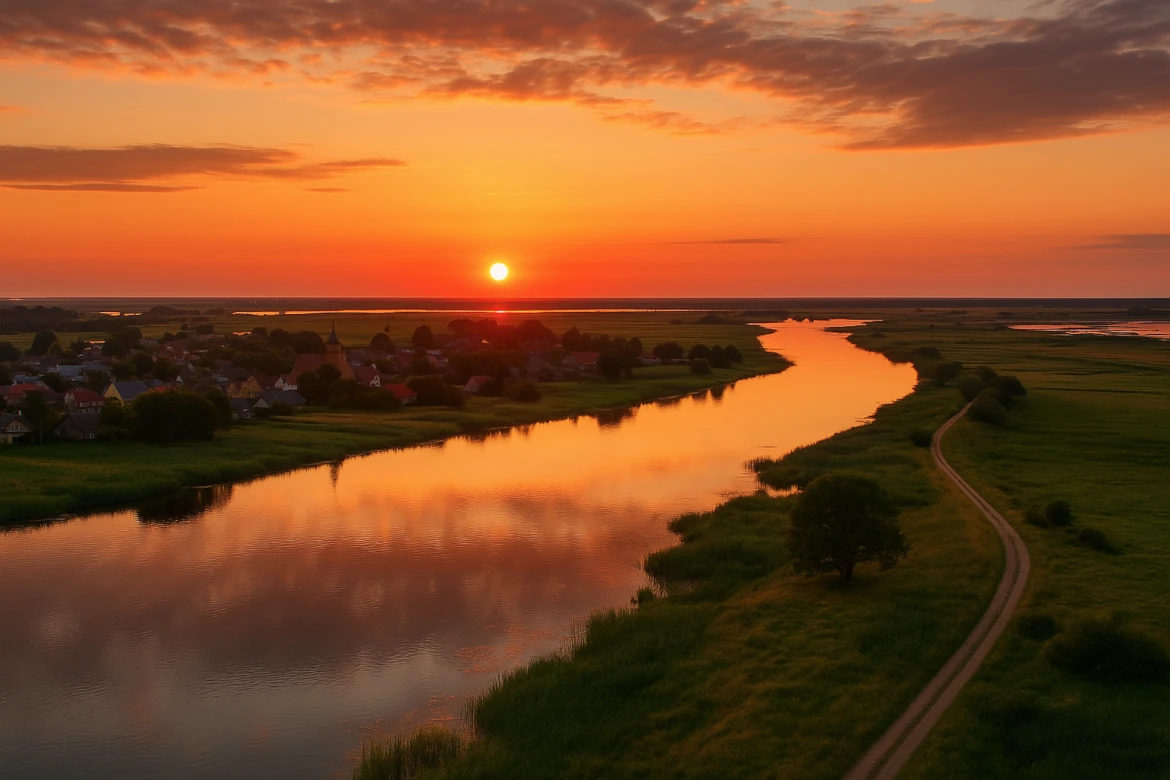Nestled in the tranquil embrace of the Nemunas Delta, Rusnė Island is Lithuania’s largest and only inhabited island, offering a unique blend of natural beauty and cultural heritage. Covering approximately 47 square kilometers (18 square miles), Rusnė ranks as the fifth-largest island in the Baltic States. This serene enclave is a haven for nature enthusiasts and history buffs alike, boasting rich wetlands, diverse birdlife, and a deep connection to Lithuania’s maritime traditions.
Lithuania, like its northern neighbor Latvia, has no islands in the Baltic Sea. In contrast, Estonia, the third Baltic state, is home to over 2,300 islands. However, Lithuania does have islands in its rivers and lakes, the most famous being Trakai Castle Island, known for its medieval fortress and picturesque setting.
Table of Contents
Top 5 Largest Islands in the Baltic States
| Rank | Island | Country | Area (km²) | Area (sq mi) |
|---|---|---|---|---|
| 1 | Saaremaa | Estonia | 2,673 | 1,032 |
| 2 | Hiiumaa | Estonia | 989 | 382 |
| 3 | Muhu | Estonia | 198 | 76 |
| 4 | Vormsi | Estonia | 93 | 36 |
| 5 | Rusnė | Lithuania | 47 | 18 |
Geography & Nature
Rusnė Island was shaped over millennia by the sediment deposits of the Neman River (Nemunas), creating a low-lying landscape crisscrossed by lakes, rivers, and marshlands. Elevations on the island rarely exceed 1.5 meters (4.9 feet) above sea level, and one point even sits 0.27 meters (0.9 feet) below sea level, making it Lithuania’s lowest point.
The largest island in Lithuania lies at the heart of the Nemunas Delta Regional Park, a protected wetland area teeming with biodiversity. The Atmata and Skirvytė rivers, two branches of the Neman, flow into the Curonian Lagoon, shaping the island’s network of wet meadows, reed beds, and floodplains. These habitats are vital for migratory birds, making Rusnė one of Europe’s premier birdwatching destinations.

Wildlife & Flora
- Birdwatching Paradise: Each spring and autumn, tens of thousands of birds stop at Rusnė during migration, including white-tailed eagles, storks, herons, and rare lesser-spotted eagles.
- Rich Aquatic Life: The waters around Rusnė are home to pike, perch, and zander, making it a fishing hotspot.
- Flourishing Meadows & Forests: In spring and summer, the island bursts with wildflowers, including rare orchids and irises, while willow and alder trees dominate its wooded areas.
However, Rusnė’s close relationship with water also comes with challenges — annual spring floods often submerge parts of the island, reinforcing its reputation as “Lithuania’s Venice”.
History
The historical tapestry of Rusnė Island is as intricate as its waterways. First mentioned in the 14th century, the island’s strategic location near the confluence of the Neman River and the Baltic Sea made it a focal point for trade and military endeavors.
The first church in the town of Rusnė was built in 1419, highlighting the island’s early role as a community center. By 1553, a Lithuanian parish school had been founded, highlighting the island’s longstanding commitment to education. Over the centuries, Rusnė has been home to fishermen, traders, and various cultural groups, each contributing to its rich heritage.
How to Get to Lithuania’s Largest Island
Reaching Rusnė Island is a journey through Lithuania’s picturesque landscapes.
- By Car: From Vilnius, Lithuania’s capital, travelers can embark on a scenic 300-kilometer (186-mile) drive to the town of Šilutė. From there, it’s a 9-kilometer (5.6-mile) route directly to Rusnė via a bridge over the Atmata River. This bridge, reconstructed in 1974 after the original was destroyed during World War II, serves as the sole direct link between the mainland and the island.
- By Bus: Regular bus services operate between Šilutė and Rusnė, ensuring accessibility for those relying on public transportation.
- By Boat: During the warmer months, small boats and kayaks are popular ways to explore the waterways surrounding Rusnė.
When to Visit Rusnė
The best time to experience Rusnė’s charm is from May to September, when the island is lush and the weather is mild (15–25°C / 59–77°F). This period is perfect for birdwatching, fishing, and exploring the natural landscapes. However, visitors should be mindful of the island’s propensity for spring floods (March–April), which can affect accessibility and certain activities.
Why Visit Lithuania’s Largest Island?
Rusnė Island, though not as large as Saaremaa, Estonia’s biggest island, offers a harmonious blend of natural splendor and historical depth, providing a distinctive glimpse into Lithuania’s rich heritage. Whether you’re navigating its waterways, delving into its past, or simply soaking in its serene ambiance, Rusnė promises an experience that lingers long after the journey ends.
